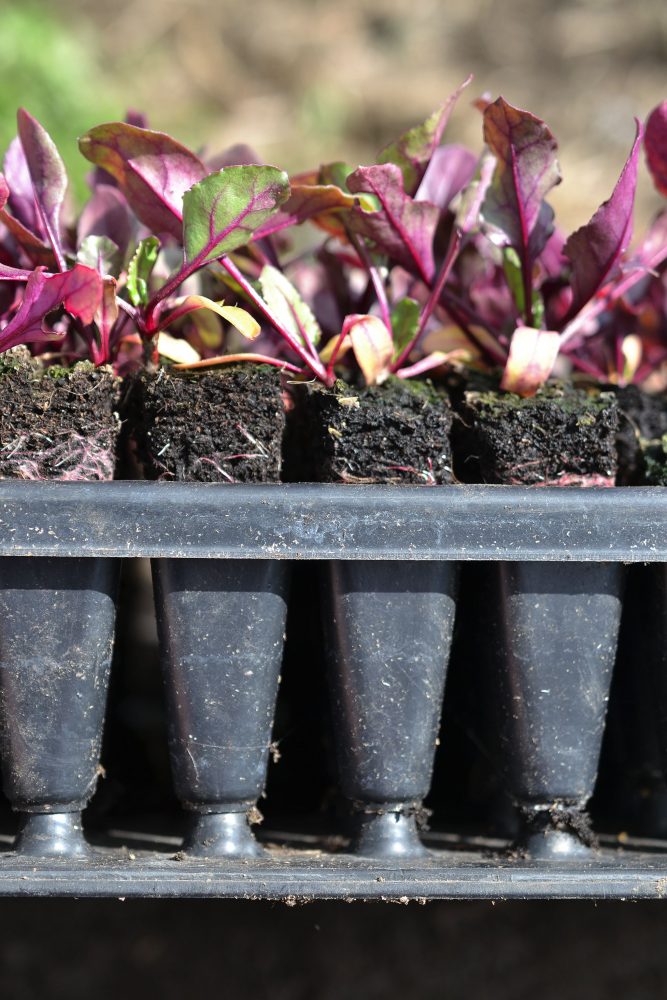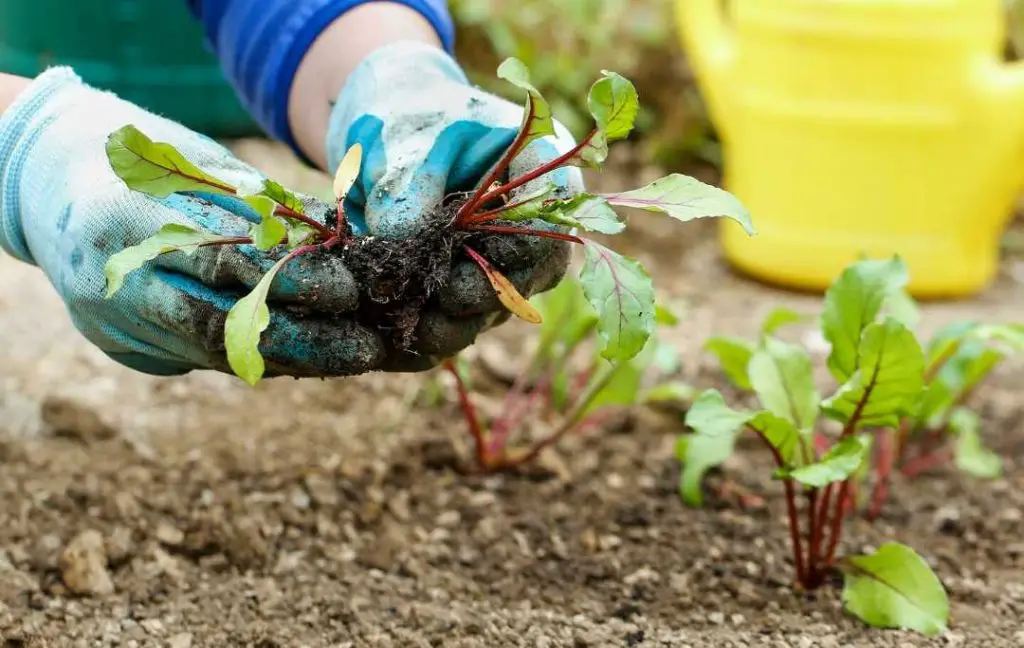

When the plants are of sufficient size, say 3cm, thin them so that you are left with one plant per seed – that is one plant every 8-10cm. However, sunlight should get through the protective barrier. If you anticipate that your plants are under threat, cover them with a suitably spaced garden mesh or even wire netting. 5) Protect The Seedlingsĭeer, rabbits, and other small animals love Beetroot greens.

In hot and dry weather, increase the frequency of watering even up to every two days.ĭo not let the soil get dry. Give the seeds or young plants a light watering if it has not rained for a week, otherwise rainwater should suffice. Watering frequency will depend on the season and rainfall. Seeds should germinate in 10-14 days but they may take as little as one week (or as many as three). If it rains then that may be all the water they need. Moderately water the freshly-planted seeds. Loosely cover the seeds by raking soil over the top. Keep in mind that each seed of a multigerm cultivar will likely give rise to more than one plant. You can pull a cane or a hoe through the soil to make a shallow drill for sowing. Sow the seeds 8-10cm apart at a depth of 2-3cm. Simply fill a jar with lukewarm water and soak the seeds for around an hour before sowing. Though you can cut into the hard outer husk or abrade it with sandpaper, soaking is the easiest way to go about it. Scarifying can improve the germination rates of beetroot. Start sowing Beetroot seeds when the soil temperature is 8☌ or more which is usually some time in April. The optimal soil pH level is slightly acidic, with a pH ranging from 6.1-6.5, though there is certainly some margin at each end. Mix in well-rotted chicken manure and/or organic compost at about a 20% ratio to the garden soil, and add smaller quantities of a balanced granular fertiliser.

If the ground does not drain very well, you have a choice of mixing in perlite or grit, especially at the lower strata, or sowing in ridges or making a raised bed, or both. Prepare the ground a few days to a few weeks before you intend to sow the seeds.Ĭultivate the ground to a depth of a good 30cm, breaking up any large lumps. The ground should be cleared of stones, tree roots, and such. If you live in one of the balmier regions of the UK and plan to grow Beetroots through the summer, you need a partial shade location.
#BEET SEEDLINGS READY FOR TRANSPLANT FULL#
1) Prepare The SoilĬhoose a spot of ground in full sun or partial shade. This process is explained in more depth below. Grow beetroot from seed by following these five simple steps:
#BEET SEEDLINGS READY FOR TRANSPLANT FREE#
Though Beetroots are admittedly best sown in mid-spring and early autumn, they are amenable to successional sowing in most parts of the UK so feel free to sow a handful of seeds right from April through July every fortnight to enjoy a harvest clear from June into October. Keep in mind that these steps need not be performed only once a season. You can sow Beetroot by following these steps. If your garden soil does not drain well, improve drainage with perlite, grit, a raised bed, or some combination of these.

These have only one actual seed – technically embryo – per seed.īeetroot needs soil that drains very well but is rich and fertile. The vast majority of Beetroot varieties’ ‘seed’ actually contains three or four seeds, while a few newer cultivars have monogerm seeds. Difficultyīeetroot seeds rather look like knurly husks somewhat resembling American mixed-grain cereal. Sowing beetroot seeds in trays and then transplanting the seedlings into open ground can be a self-defeating exercise – meaning it is often best to sow Beetroot seeds directly in open ground. However, beetroot, along with some other vegetables, has a deserved reputation for being averse to being transplanted.


 0 kommentar(er)
0 kommentar(er)
